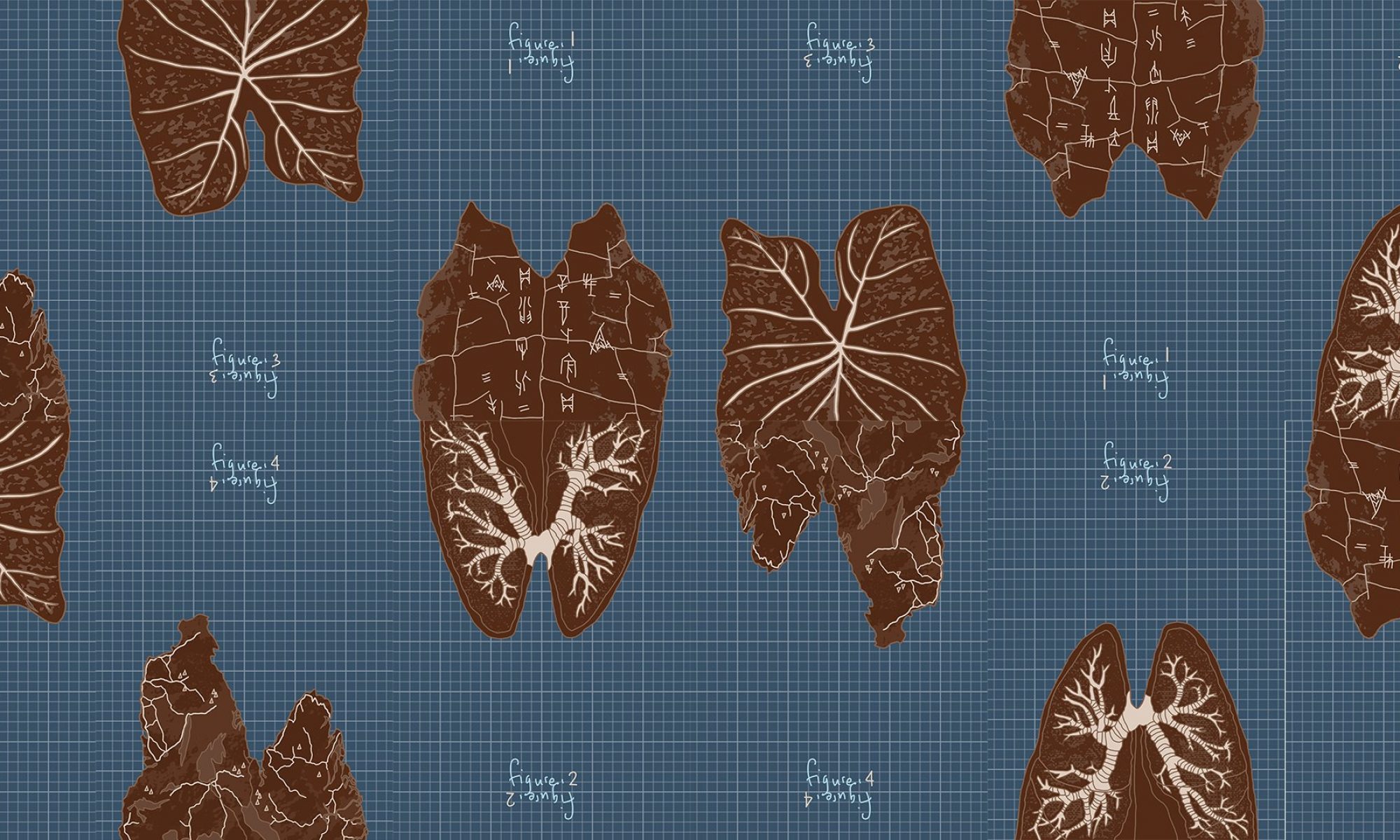<h>
</h>
The Rebus Principle evolved out of a need to represent intangible concepts easily which the early pictographic signs fell short in. The Ancient Egyptian hieroglyphs were useful in representing concrete objects, but could not do the same for names, ideas and function words.
If you can’t make a picture of something, use a picture of something with the same sound.
I love that the Rebus Principle demonstrates human’s desire/impulse to put a name/finger (hence, tangible) to everything. The act of doing so almost serves as an affirmation of our understanding and knowledge of something; by giving something a name, we officially “own” it and have custody of it in our “knowledge bank”; by spelling out and putting our emotions into words, we legitimise our feelings.
Nothing gets more intangible than an ![]()
 . I can only imagine and share in the satisfaction of the Sumerians in being able to put an image/form to something so formless and abstract.
. I can only imagine and share in the satisfaction of the Sumerians in being able to put an image/form to something so formless and abstract.


Took me awhile, but I finally got the use of the 3 images at the top! Check out this mattress campaign in NYC by Casper.